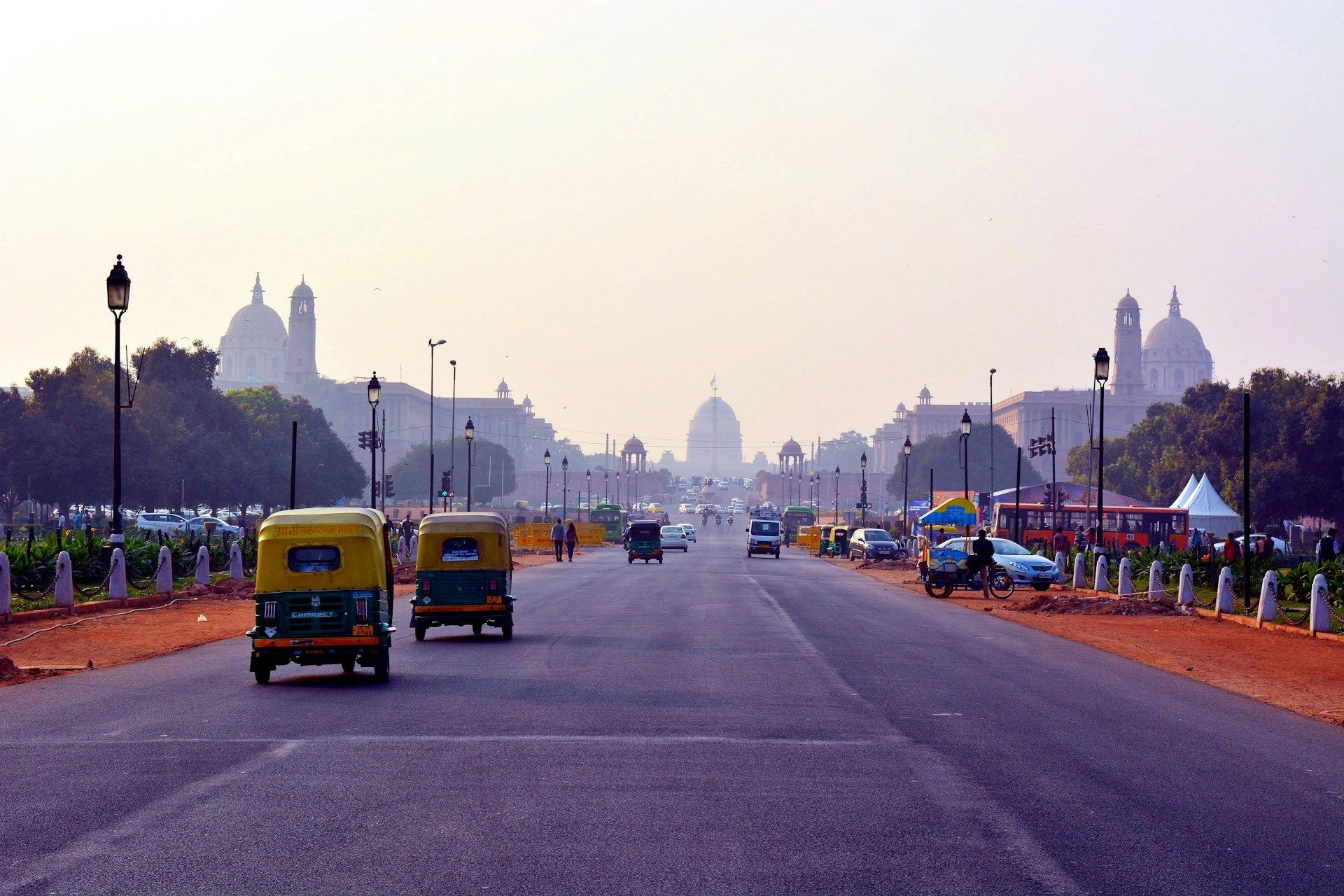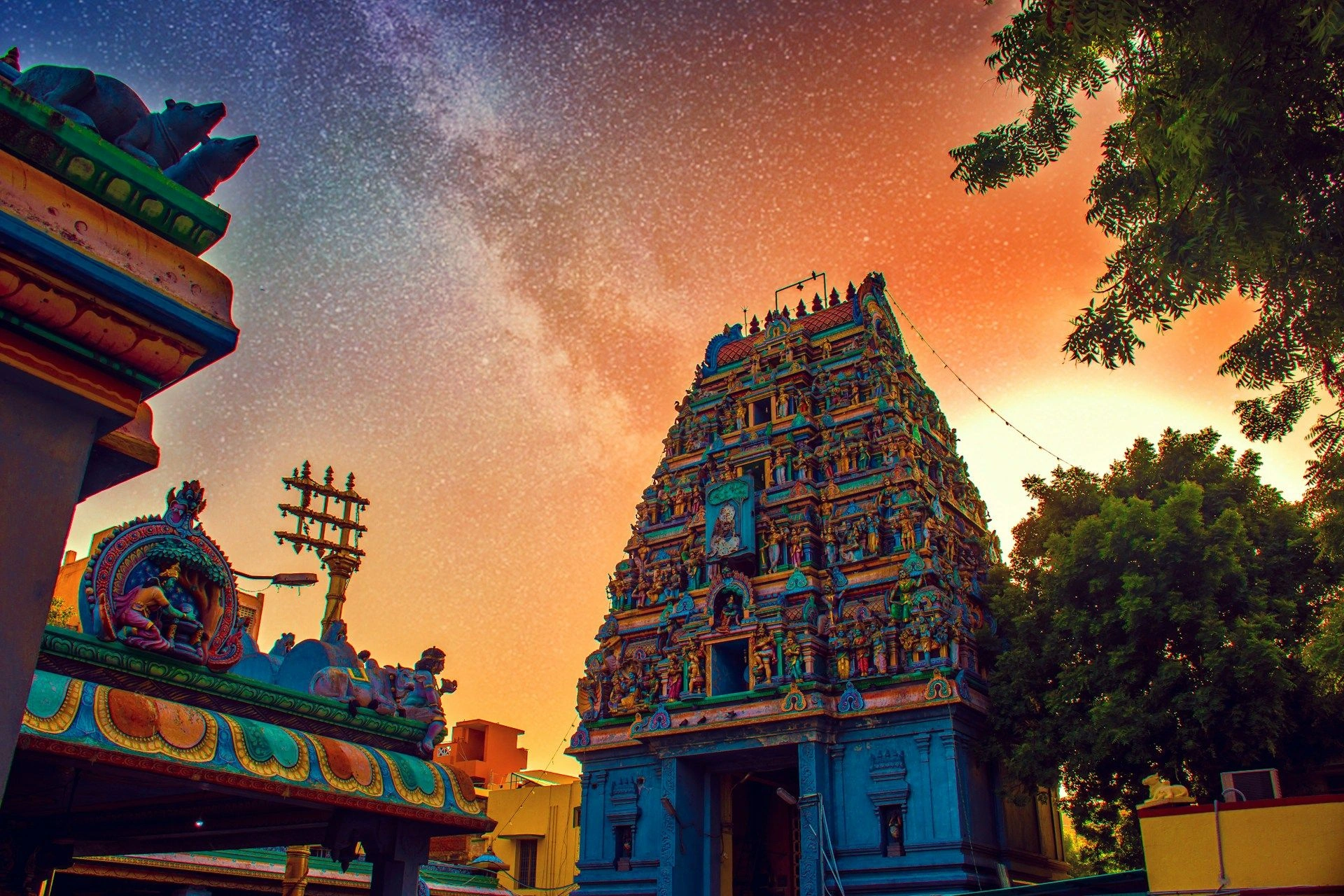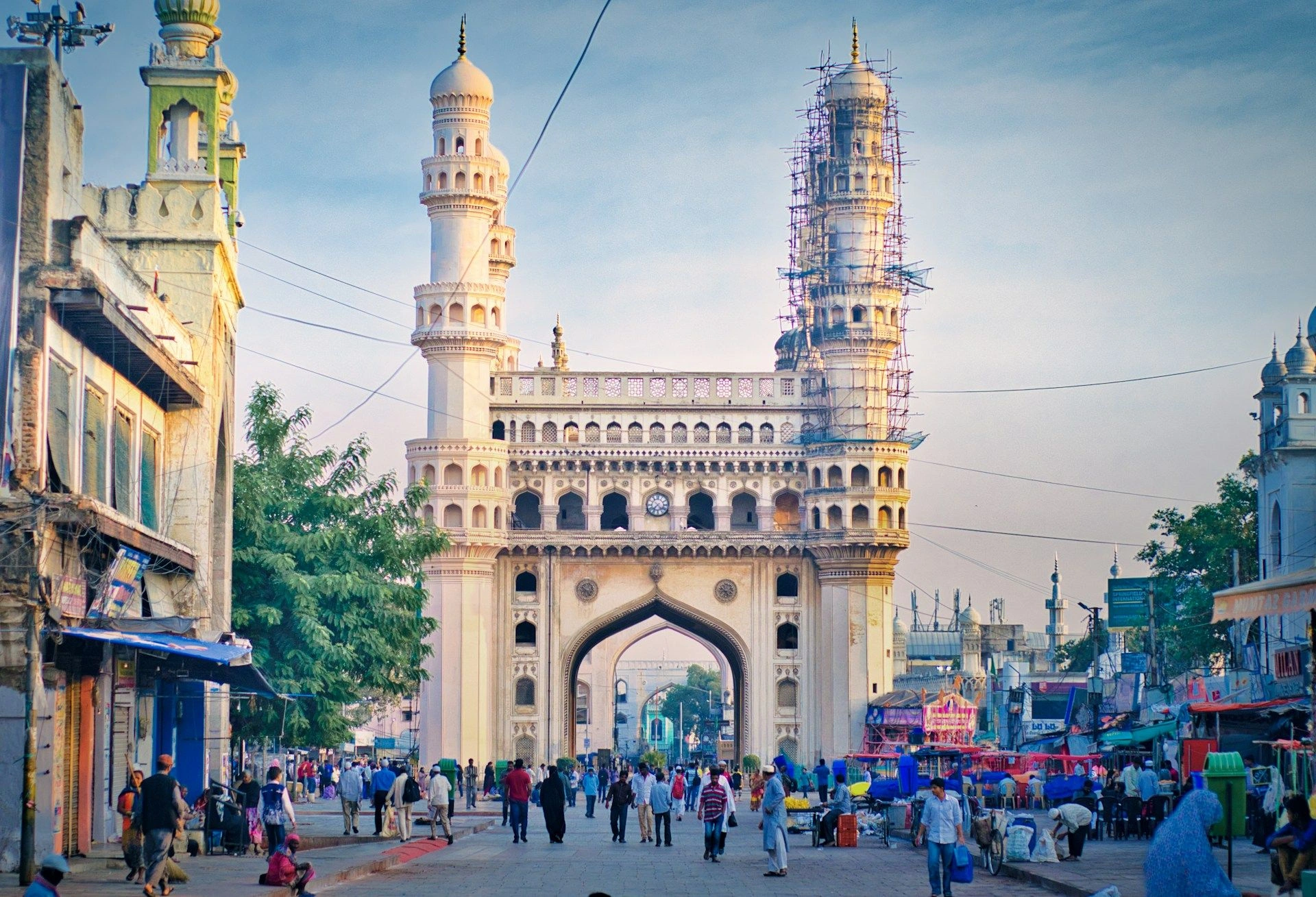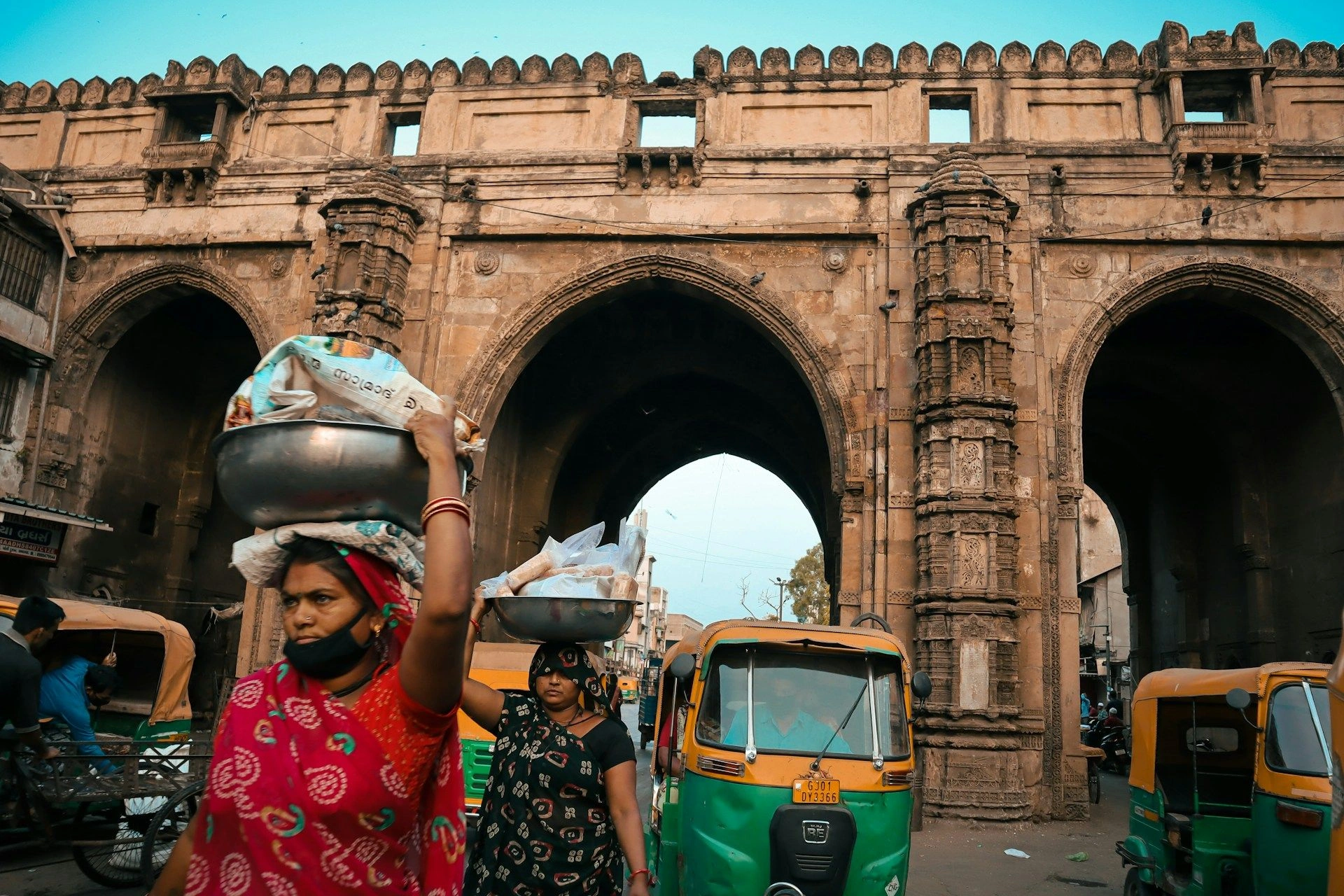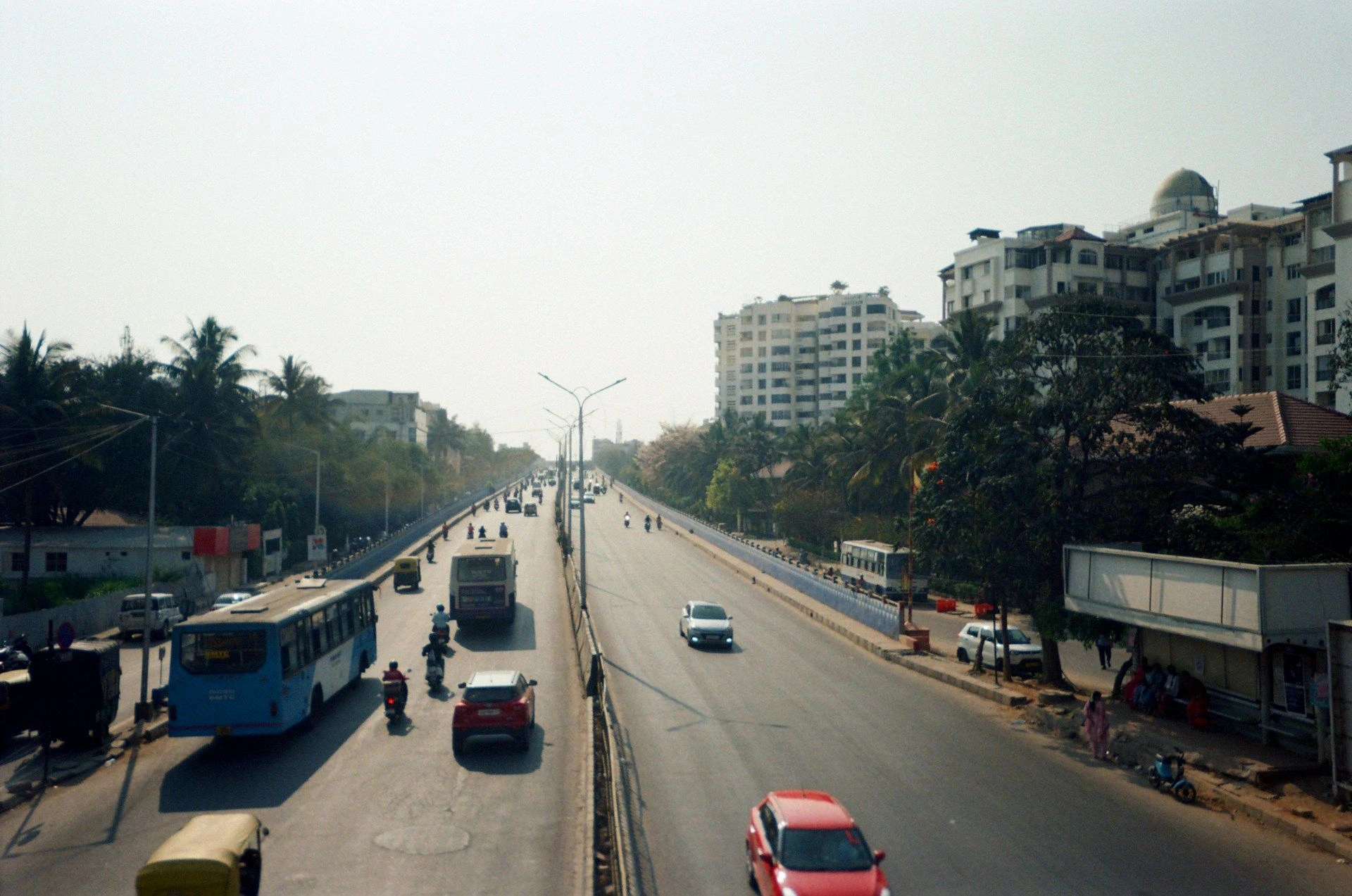Verified Secondary Real Estate in IndiaReal estate betweenheritage and tech

Best offers
in India
Benefits of investment in
India real estate
Vast and diverse market with urban opportunity
India’s tier-1 and tier-2 cities like Bangalore and Pune offer dynamic rental demand and price growth.
Booming middle class drives housing needs
Millions of upwardly mobile citizens fuel demand for both ownership and rentals.
Legal reforms improving investor access
RERA and digital land records make transactions more transparent and secure for domestic and international buyers.
Vast and diverse market with urban opportunity
India’s tier-1 and tier-2 cities like Bangalore and Pune offer dynamic rental demand and price growth.
Booming middle class drives housing needs
Millions of upwardly mobile citizens fuel demand for both ownership and rentals.
Legal reforms improving investor access
RERA and digital land records make transactions more transparent and secure for domestic and international buyers.

Useful articles
and recommendations from experts
Main title about secondary real estate in India
Why secondary properties attract buyers
Secondary real estate in India appeals to discerning buyers and investors seeking immediate occupancy, proven infrastructure and clear financial benchmarks. Unlike new-build projects that often face regulatory approvals, changing construction costs, and variable completion timelines, pre-owned homes and apartments come with fully operational utilities—treated potable water from municipal reservoirs, uninterrupted power supply through state-run DISCOMs and private generators, mature sewage and storm-water networks, and established high-speed broadband from leading ISPs. Many residences retain iconic architectural features—Art Deco façades in Mumbai’s Marine Drive; colonial-era verandahs in Delhi’s Civil Lines; traditional sloping roofs in Chennai’s heritage precincts—while their interiors have been comprehensively modernized with energy-efficient glazing, bespoke kitchens equipped with imported appliances, reinforced concrete foundations engineered for seismic resilience, automated MEP controls, and smart-home readiness. This turnkey readiness drastically reduces carrying costs, accelerates rental cash flows, and empowers buyers to generate returns from day one. Transparent historical sales and leasing data maintained by the National Housing Bank, State Registries and major online platforms provide robust comparables and market analytics, enabling rigorous risk assessments. With documented net rental yields averaging 4%–6% per annum in major metros and suburban hubs, and sustained demand driven by corporate relocations, higher-education cohorts, and diaspora investments, secondary investments in India deliver a compelling blend of cultural authenticity, infrastructural certainty, and quantifiable investment performance—expertly facilitated by VelesClub Int.’s end-to-end advisory services.
Established neighbourhoods
India’s secondary market is anchored by mature urban and suburban precincts, each offering unique living and investment advantages. In Mumbai, South Mumbai’s Colaba and Marine Drive host period Art Deco apartments with sea views alongside Victorian townhouses in Cuffe Parade, all upgraded with modern HVAC, double glazing and concierge-style amenities. The Bandra-Kurla Complex and Lower Parel areas feature pre-owned high-rise flats on reclaimed land, fully modernized with integrated clubhouse facilities and metro connectivity. Delhi’s Lutyens’ Bungalow Zone and adjoining Golf Links comprise colonial villas and luxury flats with private gardens, heritage shutters and reinforced security perimeters, adjacent to embassies and major government offices. Gurgaon’s Cyber City and DLF Phase V see renovated gated communities and repurposed office-to-residential conversions offering turnkey interiors, secure parking and rapid exits via the NH-48 corridor. Bangalore’s Indiranagar and Whitefield suburbs combine legacy villas and secondary apartments—often fitted with solar water heating and power backup—with robust IT-park access and integrated metro Blue Line service. Chennai’s Adyar and OMR corridor feature heritage homes and modern high-density blocks near major research institutions and technology parks, all supported by reliable municipal networks. Hyderabad’s Banjara Hills and Gachibowli offer refurbished cantonment bungalows and tech-park flats with turnkey finishes and inclusive community services. Pune’s Koregaon Park and Baner boast Victorian mansions converted into multi-unit residences and mid-rise condos, prized for café culture and cultural festivals. Across all sub-markets, civic services—sealed road arteries, consistent waste collection, efficient public transport and integrated utilities—operate seamlessly, ensuring minimal post-purchase upgrade requirements and rapid integration into India’s evolving urban fabrics.
Who buys secondary real estate
Secondary properties in India attract diverse buyer profiles driven by distinct needs. Corporate professionals—IT managers in Bangalore’s tech parks, finance executives in Mumbai’s Bandra-Kurla Complex, pharma specialists in Hyderabad’s HITEC City—secure pre-owned condos and villas for turnkey living and proximity to work hubs. Expatriate families and embassy staff in Delhi relocate to luxury flats and colonial bungalows in Lutyens’ Bungalow Zone and Chanakyapuri, valuing heritage charm and secure communities. University students and academics at institutes like IIT Delhi, IIM Bangalore and the Indian School of Business lease renovated studios and shared apartments in adjoining suburbs, drawn by inclusive utilities and shuttle services. Healthcare professionals at leading hospitals in Mumbai’s Breach Candy and Chennai’s Apollo Clinic choose secondary flats with immediate occupancy and minimal renovation needs. Local high-net-worth families invest in secondary properties in Bengaluru’s Whitefield and Pune’s Koregaon Park to diversify portfolios, leveraging documented rental performance. Diaspora investors from North America, Europe and the Gulf target multi-unit residential blocks in emerging satellite towns—Noida, Navi Mumbai, Gurgaon—for yield-focused strategies, relying on VelesClub Int.’s exit-strategy modelling. Across segments, the common drivers are immediate readiness, proven infrastructure, transparent title records and integration into mature service ecosystems that minimize operational risks and underpin predictable returns.
Market types and price ranges
India’s secondary real estate landscape spans a comprehensive spectrum of property typologies and price tiers to match varied investment and lifestyle objectives. Entry-level one-bedroom flats and compact studio apartments in satellite towns like Noida Sector 62, Navi Mumbai’s Kharghar and Pune’s Hinjewadi start from approximately INR 4 million to INR 8 million (USD 50,000–100,000), featuring basic modern finishes, shared amenities and close-in metro or suburban rail access. Mid-range two- to three-bedroom apartments and townhouses in Mumbai suburbs (Powai, Andheri West), Delhi NCR (Gurgaon Sector 45, Noida Sector 18) and Bangalore (Hebbal, Koramangala) trade between INR 10 million and INR 25 million (USD 125,000–300,000), offering granite kitchens, updated bathrooms, secure parking and community clubhouses. Premium heritage bungalows and luxury condominiums in central districts—South Mumbai, Lutyens’ Delhi, Banjara Hills Hyderabad, Indiranagar Bangalore, Adyar Chennai—command INR 30 million to over INR 100 million (USD 400,000–1.3 million), driven by plot size, bespoke interiors, landscaped grounds and proximity to business centers. For yield-focused investors, small multi-unit blocks (4–8 units) in emerging corridors—Noida Sector 150, Navi Mumbai’s Panvel, Pune’s Wagholi—list between INR 25 million and INR 60 million (USD 300,000–750,000), delivering diversified rental streams and scale economies. Mortgage financing is available through leading banks—HDFC, ICICI, SBI—at competitive interest rates of 8%–10% per annum with typical down payments of 15%–25%. Documented net rental yields average 4%–6% per annum across prime markets, reflecting robust tenant demand and high occupancy, benchmarks integrated by VelesClub Int. into bespoke yield-modelling tools to guide strategic acquisitions.
Legal process and protections
Acquiring secondary real estate in India follows a structured conveyancing framework under the Registration Act and the Transfer of Property Act. Transactions begin with a signed Sale Agreement and payment of an earnest deposit—commonly 5%–10% of the sale price—held in escrow by the seller’s legal counsel. Buyers commission due diligence: verification of title and encumbrances via Title Search and Encumbrance Certificate from the Sub-Registrar; assessment of approvals—from municipal bodies, RERA registration, and environmental clearances; and technical inspections covering structural safety, plumbing, electrical compliance and pest control. Upon satisfactory review, parties execute the Memorandum of Association for the Sale Deed, and the Sale Deed is registered before the Sub-Registrar. Stamp duty—ranging from 5% to 7.5% of the sale value—and registration fees are paid by the buyer. For apartments in society complexes, Occupancy Certificate and Completion Certificate from local authorities are verified, along with maintenance deposit transfers. Foreign nationals and NRIs may purchase residential property in India with no upper limit on property value, subject to RBI guidelines for fund remittance. Statutory safeguards under RERA protect buyers against project delays and quality defects, while dispute resolution is available through Consumer Courts and the Real Estate Appellate Tribunal. VelesClub Int. coordinates end-to-end legal, tax and regulatory steps—due diligence management, document drafting, notarial liaison and registration filings—to ensure compliance, mitigate risks, and deliver a seamless closing experience for both domestic and international clients.
Best areas for secondary market
India’s secondary real estate hotspots combine infrastructural maturity, lifestyle amenities and strong rental dynamics. Mumbai’s Powai and Andheri West attract IT and finance professionals to refurbished high-rise apartments and gated community townhouses, offering yields of 5%–6%. Delhi NCR’s Gurgaon sectors 45 and 47, Noida’s sectors 18 and 76 deliver turnkey flats near corporate parks and metro lines, generating consistent tenant demand. Bangalore’s Koramangala and Whitefield remain perennial favourites for their tech-park proximity and café culture, sustaining yields of 4%–5%. Hyderabad’s Banjara Hills and Jubilee Hills appeal to executives and media professionals with heritage bungalows and secondary condos commanding yields near 5%. Pune’s Koregaon Park and Baner combine art-district vibes and educational hubs, yielding 4%–5% in turnkey units. Chennai’s Adyar and OMR corridor support corporate and academic tenancies with modern apartments and villa retreats. Emerging markets such as Chennai’s Perungudi, Pune’s Hinjewadi, Mumbai’s Navi Mumbai Central, and Delhi’s Dwarka subzones offer value-add refurbishment chances in older blocks. Each sub-market benefits from sealed roads, reliable utilities, public transit integration and proximity to schools, hospitals and retail, ensuring stable occupancy, transparent pricing and strong resale prospects. VelesClub Int.’s proprietary neighbourhood scoring and in-field research guide clients to the submarkets that optimally align yield targets, capital-growth forecasts and lifestyle preferences within India’s dynamic secondary real estate ecosystem.
Why choose secondary over new + VelesClub Int. support
Opting for secondary real estate in India delivers distinct advantages over new-build projects: immediate possession, proven utility networks and transparent performance histories. Buyers bypass regulatory delays, construction cost escalations and developer uncertainties by selecting turnkey assets with established civic infrastructure, clear title records and pre-tested MEP systems. Secondary properties often showcase irreplaceable architectural character—heritage façades, spacious verandahs, mature landscaping and solid masonry—that new constructions may take years to replicate, enhancing cultural authenticity and long-term desirability. Lower entry premiums compared to pre-launch developments free up capital for interior personalization, smart-home integrations or strategic portfolio diversification across multiple metros. Mature neighbourhood services—reliable municipal water, uninterrupted power, sealed road networks, integrated metro and suburban rail links, bus rapid transit corridors and high-speed broadband—ensure seamless move-in and minimal post-purchase capex. VelesClub Int. elevates the acquisition journey with comprehensive end-to-end expertise: sourcing exclusive off-market listings, conducting exhaustive due diligence, negotiating optimal terms and managing all legal formalities. Our post-closing property management solutions—tenant placement, preventive maintenance coordination and transparent performance reporting—optimize occupancy rates and preserve asset value. Through proactive portfolio monitoring, annual market reviews and strategic advisory, VelesClub Int. empowers clients to maximize India’s secondary real estate potential with confidence, clarity and operational efficiency.
